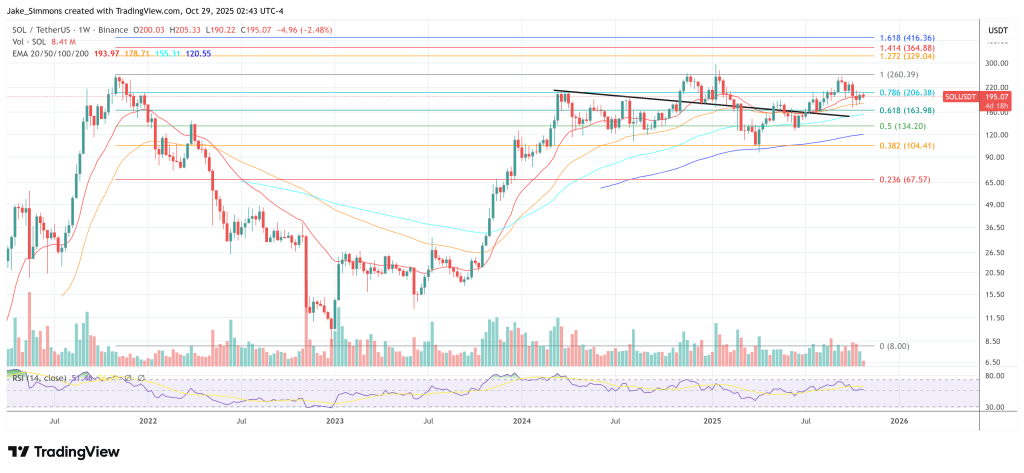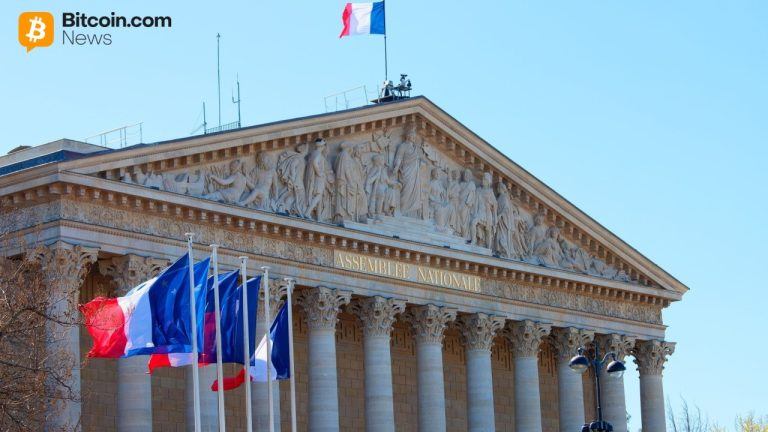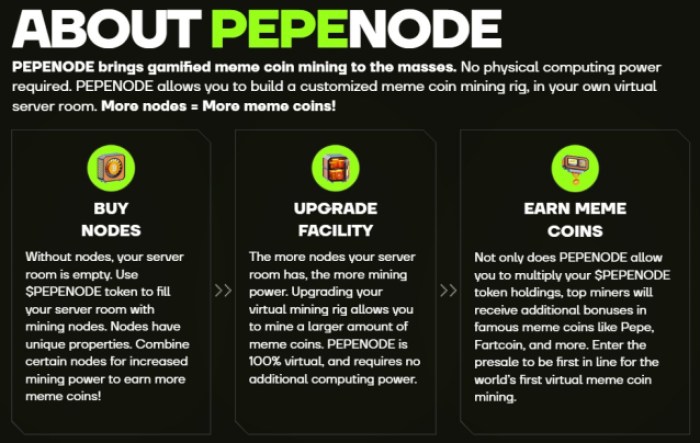An interesting X/tweet: https://twitter.com/mira_hurley/status/1688085790205661184?s=20
.
When British colonial rulers wanted to reduce the number of cobras in Delhi, they offered a bounty for every dead cobra. Initially, this seemed to work as large numbers of snakes were killed for the reward.
Soon however, people began to breed cobras to earn more money. When the government became aware of this and stopped the rewards, the breeders released the snakes, leading to an even greater cobra population than before.
The goal was to decrease the cobra population. The incentive was to breed more of them.
History is riddled with examples of misaligned incentives that seem obvious in hindsight. But are we not making a similar mistake in crypto?
Satoshi on incentives
Paragraph 6 of the Bitcoin whitepaper (https://bitcoin.org/bitcoin.pdf) is about incentives.
Goal alignment in Bitcoin means aligning incentives between (A) holders and (B) miners.
(A) holders want one thing above all. For their Bitcoin to remain valuable, and to become more valuable. This means low debasement and high security. Low debasement is locked in the protocol, while security is gained through decentralization.
(B) miners want one thing above all. To make a profit. In an ideal world, their profit is maximized by mining fairly, winning block subsidies and fees while causing little debasement to holders.
The cobra rears its head
Mining Bitcoin is a competitive business where revenue comes from a commodity. The market price of Bitcoin is a given, the cost side can be optimized.
In optimizing the cost side, economies of scale dominate.
Economies of scale mean:
Access to cheaper capital
Discounts on bulk mining machine purchases
Cheaper per-unit rack space
Cheaper per-unit maintenance
Reduced administrative expenses
More favorable energy contracts
These advantages are often mentioned by miners themselves (https://hashrateindex.com/blog/analyzing-the-merger-between-hut-8-and-us-bitcoin/).
Holders want miners to stay small and to increase in number. Miners instead want to grow to get more economies of scale and make more profit. Goals are misaligned.
The risk of misalignment
Bitcoin derives its value from decentralized consensus. If a small group of miners has the majority of validation power, they can censor the network and have effective control over Bitcoin as a store of value. A store of value where you can't withdraw hasn't stored anything.
Censorability is in many ways exactly what Bitcoin was designed to solve. Take away Bitcoin's decentralization, make it stoppable, and you take away its value.
Goal alignment with outsiders
So far, we looked at two within-system groups of (A) holders and (B) validators. There's also a group of (C) outsiders.
These outsiders are similarly motivated by profit. They don't particularly care for Bitcoin. They would buy it if they knew it would become worth more, they would short it if they knew it would become worth less.
How did outsiders see Bitcoin in the past? Outsiders might have seen a system that was difficult to profitably attack. To censor the network through a 51% attack they might have needed to convince 100 miners to collude, and these miners were making good money from mining Bitcoin.
In 2014, miners had revenue of $788 million per year, and the total market cap of Bitcoin was $6,800 million.
Attacking was not that attractive:
Options for going short, where you profit from a declining price, were limited.
Mining was more decentralized than it is now, so a larger group of miners would have to be coordinated to attack.
Total market cap was relatively low, so potential profit was limited.
Miners were making relatively good money as a percentage of market cap (11.6% per year), so bribing or coercing them would be expensive relative to the profit to be made from shorting.
What do the incentives look like now?
Bitcoin has become easier to short.
Mining has become more centralized.
Market cap is higher, so the potential profit is higher.
Miners are making far less money as a percentage of market cap (1.7% now vs 11.6% previously).
This adds up to a far more attractive proposition for a 51% attack: the relative cost has gone down, potential profit has gone up.
Current goal alignment between miners and outsiders
The incentives of miners and outsiders are aligning more and more. Validators do not necessarily care about Bitcoin. They run a business where they provide an input (hashrate) and receive an output (BTC) that they can convert to cash instantly.
They do not need to, and often do not want to hold Bitcoin. That is not part of their business proposition. They do not necessarily have goal alignment with holders.
If a miner has:
$800 mln annual revenue (~10% of the total hashrate)
$200 mln annual profit
Then a one-time payoff of $4 billion (20 times their annual profit) might seem very attractive for such a miner. At such figures, performing a 51% attack on the Bitcoin network would cost just ~$20 billion.
If we assume a market cap of $500 billion for Bitcoin and being able to open a short position on $100 billion of that, an attack would need just a 20% drop in BTC's value to turn this into a profitable proposition.
Given that Bitcoin's value derives from being a decentralized store of value, its value might drop far more than 20% when successfully attacked.
Future goal alignment
Given the incentives embedded in the Bitcoin protocol for miners to scale up, further centralization of miners seems like a safe assumption, one that is backed in practice by research.
Given increasing financialization of Bitcoin, increasing possibilities for going short on Bitcoin seem like a safe assumption.
Given that block subsidies in Bitcoin decrease over time through the "halving" and that fees are barely increasing, miner revenue (cost to attack) as a percentage of market cap (potential profit to be made) will decrease further as it has so far.
This is clear goal misalignment between Bitcoin miners and Bitcoin holders. Worse, this goal misalignment is at the very core of the Bitcoin protocol.
Proof of Stake's attack resistance
In Proof of Stake (PoS) it is far harder to profitably attack the network. While PoW miners exist outside the protocol and do not necessarily hold Bitcoin, validators in PoS exist within the protocol and hold the coin.
Going profitably short is therefore far harder if not impossible. To 51% attack the network, you need to hold the coin meaning you would be attacking your own holdings.
Yet in PoS, similar to PoW, goals are not perfectly aligned.
Redistributive power in staking
Validators in PoS are generally paid a combination of i) new coins being minted and ii) transaction fees.
To be a staker, you generally need to fulfil some requirements:
Have a certain minimum amount of coins
Be willing to lock up those coins for a period of time
Run a dedicated computer or server that is online 24/7
If you can do so, you receive maximum rewards, let's say a 10% annual return.
For those that lack any of the above, there are generally options to stake with third parties. These tend to take a fee for providing this service.
This could mean you receive 9% or 8% instead of the 10% that the larger holders get.
That's still better than what those that don't stake at all receive, which is 0%. In Ethereum only ~20% of coins are staked.
In the long term, this is worrying. Those that hold most receive most rewards, both in absolute and relative terms, and this exponentially grows over time. Compound interest is the eight wonder of the world.
Goal alignment in staking
Staking presents more goal alignment issues. As a holder of Ethereum, I now have two different goals. I want the network to remain as decentralized as possible, but I also want maximum rewards on my coins.
What if I can stake for a slightly higher reward, but it means staking with an already large staker? My goals conflict.
What is good for me is not good for the network.
This tragedy of the commons scenario also exists in global warming, overfishing, antibiotics and countless other examples. Individual's goals conflict with group goals.
The goal of maximizing ROI within the protocol conflicts with the goal of decentralization. Both as a tragedy of the commons, and through the redistributive power of staking.
Solving goal alignment in crypto
Many Proof of Work and Proof of Stake crypto are designed to minimize the impact of the lack of goal alignment. However within PoW and PoS none have true goal alignment between holders and validators.
One crypto that I would argue has solved this is Nano. Similar to in Bitcoin and Ethereum, holders of Nano want one thing above all. Low debasement, high security, meaning decentralization is needed.
As opposed to Bitcoin and Ethereum though, miners/validators do not receive monetary rewards. Accruing a large percentage of validation power providies no income, no ROI.
Similar to in Ethereum, validation power is coin-based and a 51% attack is therefore difficult to profitably perform.
Validators exist within the protocol, but unlike in PoS and PoW they are unable to extract value from the protocol.
Remove redistributive power, remove the tragedy of the commons
Without monetary rewards being paid, there is no inbuilt redistribution towards larger holders and no incentive to become a bigger validator.
Without monetary rewards, for the past 7 years validators have been run by those that profit from the value inherent in the network itself:
Exchanges run a node to confirm deposits really happened.
Businesses run a node to be independent and self-sufficient.
Holders run a node to trustlessly use the network and secure their Nano.
Goal alignment between all holders
Holders that choose not to run a node themselves can use their Nano to vote for a validator of their choice.
Their incentive is clear. There is no individual incentive of wanting the highest possible return. Instead, their incentive is to vote in a way that maximises the value of their Nano by voting for smaller validators, increasing decentralizationd security of the network.
There is no return versus security trade-off, no tragedy of the commons.
Every Nano holder's incentives are aligned with those of every other Nano holder in prioritizing decentralization and security above all.
Incentives rule the world
In the short term, lacking goal alignment is not an apparent problem. We might even think things are going well.
More cobra heads are turning up, so we must be getting rid of the cobra infestation.
In the long run though, the monetary incentives built in to most of crypto are terrible. The centralization over time and the tragedy of the commons is what degrades decentralization and decreases security. It only gets worse over time.
It's a price holders pay, and only when we solve it can we see a crypto as a truly long-term option.
[link] [comments]

You can get bonuses upto $100 FREE BONUS when you:
💰 Install these recommended apps:
💲 SocialGood - 100% Crypto Back on Everyday Shopping
💲 xPortal - The DeFi For The Next Billion
💲 CryptoTab Browser - Lightweight, fast, and ready to mine!
💰 Register on these recommended exchanges:
🟡 Binance🟡 Bitfinex🟡 Bitmart🟡 Bittrex🟡 Bitget
🟡 CoinEx🟡 Crypto.com🟡 Gate.io🟡 Huobi🟡 Kucoin.












Comments